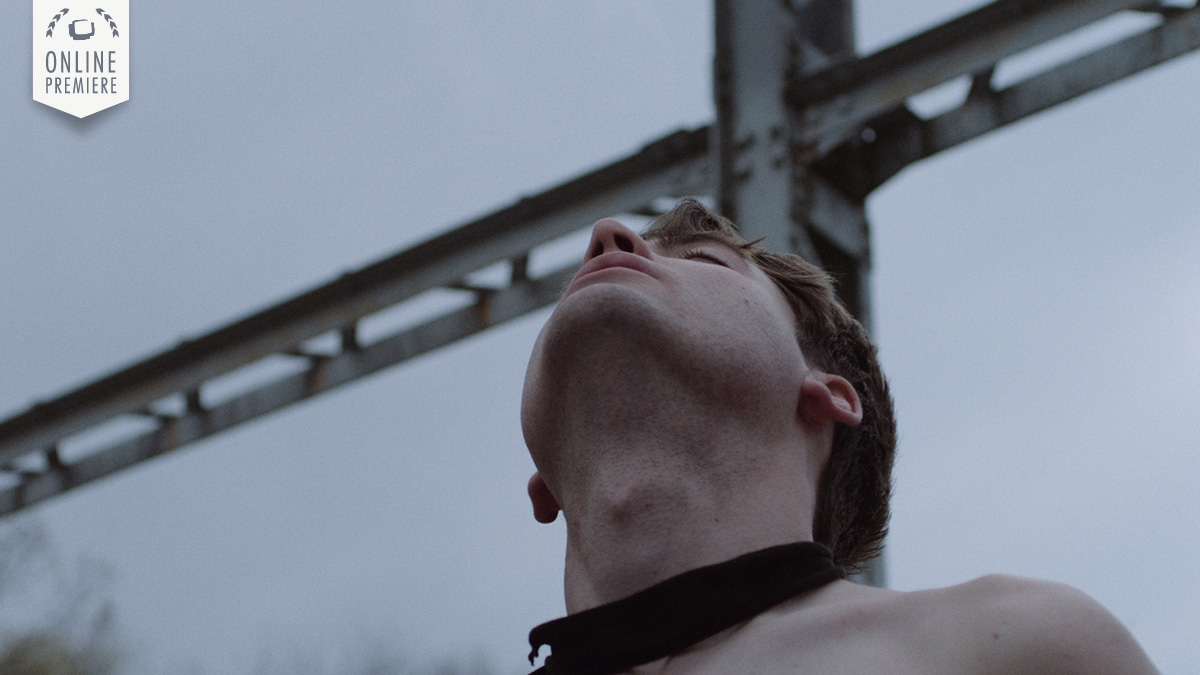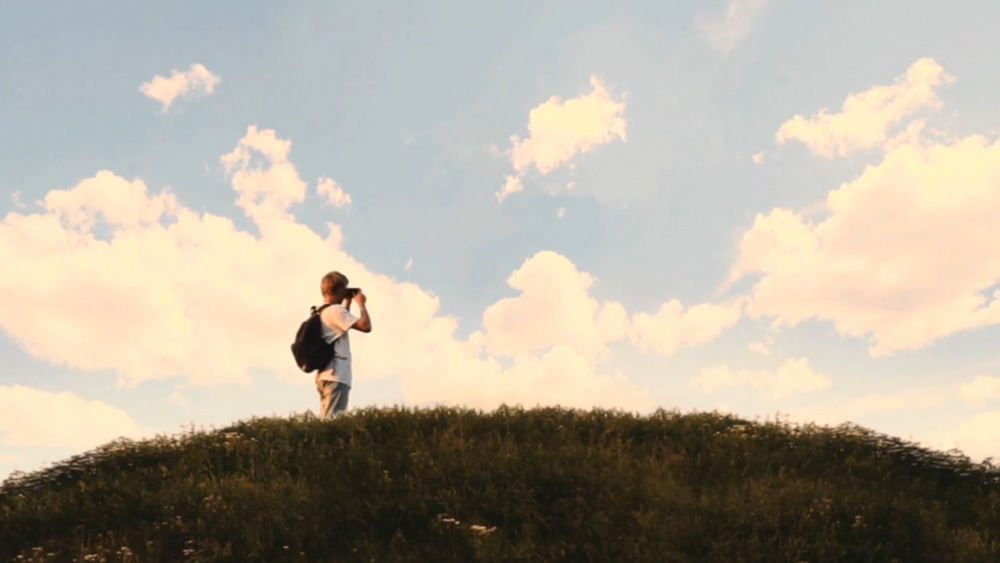An outcast returns home to unearth a long-buried truth but finds the surrounding wilderness more dangerous than he remembers
Telling the story of a prodigal son returning to unearth a long-buried truth, The Brother is a reflection on New Zealand society: One of the most violent in the developed world. A fact that’s little known internationally. Due, in large part, to the widening gap between rich and poor and the equal measures of apathy and resentment this stokes within human societies. Directed by Summer Agnew, the film finds it’s prodigal son at a crossroads and asks him to decide what kind of person he wants to become. In providing little answers the film asks you to do the same.
I wondered what would happen to an individual if the community turned its back
I wrote The Brother in Berlin around the time the New Zealand Meth epidemic was spiking violent crime and was keen to make something that spoke to the unease I was feeling about this social decay.
As I was developing the story, the ongoing fallout from a small-town New Zealand mining disaster was cutting deep into the tight-knit mining community where no one was left untouched by the tragedy. Thinking about the kind of place where community is woven within the fabric of identity, I wondered what would happen to an individual if the community turned its back. This is the crossroads at which The Brother finds it’s prodigal son.
I’d also been wanting to do something down in the South Island high country and unfolding The Brother’s fractured relationships out there in the wilderness of a hunt felt like a good way to tension up this homecoming.
‘The Brother’ was shot on Arri Alexa with Panavision lenses and mounted telescopic rifle scopes for the hunting photography. Filming took place over 6 days toward the end of the Reed Deer mating season which offered the best chance to track a Stag in open terrain; the challenge on which the whole film was riding.
We were pretty lucky to get one on camera
Red Deer were introduced into New Zealand from British game parks in the late 1800s and their numbers swelled. The 1970s saw population numbers so high that the government enlisted private contractors with helicopters and automatic weapons to cull their numbers. Today it’s only during the mating season that the male Stags are aggressive, loud and emboldened, giving hunters a short-lived opportunity to locate them in the wilderness. Despite their number, seeing one in the wild requires stealth movement through back-country terrain which is a tough feat for film crew to pull off while hauling gear through the wilds. We were pretty lucky to get one on camera.
The great location scouting and marvellous use of the beautiful New Zealand landscape definitely brought an additional depth to the film. The story’s tension is contrasted to the zen backdrop of the film, which only rises as the story slowly progresses.
In end we don’t get many answers?
That’s right, the film dances around something that’s hanging, unspoken between two recently reunited brothers. But in avoiding an explicit telling the film is less about what happened and more about how we deal with the psychological echoes of trauma, how the way that we meet these darkest parts of ourselves informs the person we become. The Brother awakens a primal rage that is ultimately met with a kind of compassion and for me this is how the film looks beyond itself in a hopeful way.




